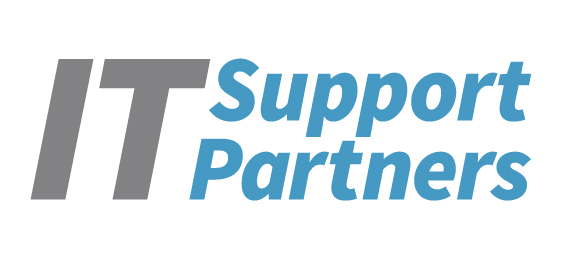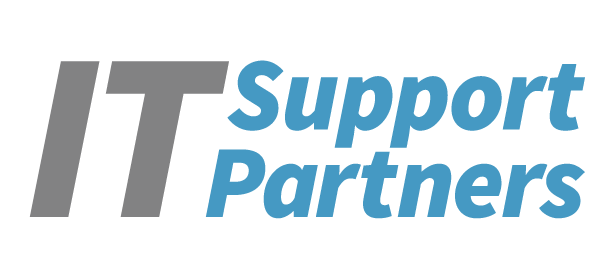|
Don
|
Findings from the CyberEdge 2022 Cyberthreat Report showed that 81.4 per cent of UK based organisations had experienced at least one cyber-attack in the year prior to the study taking place, showing an increase of over 10 per cent from the 2021 report. With this in mind, we believe it’s never been more important to secure the safety of your business.
In this article, we will share with you 10 simple actions you can take in order to improve the cyber security of your organisation and how we can provide support with the implementation of these strategies.
So what does a cyber attack look like?
The Oxford-English Dictionary defines a cyber-attack as ‘the act of trying to damage or destroy a computer network, computer system or website by secretly changing information on it without permission.’ However, cyber attack’s can often be more damaging than changing a few numbers on a spreadsheet or website.
Attacks manifest themselves in a multitude of different ways, from ‘phishing emails’ asking users to click a link which downloads viruses and malware onto your system, to more serious criminal activity such as identity theft and fraud. The level of damage a successful cyber-attack can have on your business cannot be underestimated, meaning securing your systems should be at the top of your list of priorities.
Here are some of the best ways to ensure the cyber security of your business.
Enforce a policy of strong passwords
With the fast-paced, whirlwind nature of running a business, implementing and remembering a multitude of complicated sequences of letters and numbers can be a challenge. However, when it comes to securing your systems from attack, it’s paramount that you don’t give hackers an open goal by having an uncomplicated password.
It can be very tempting to use an easy-to-remember password like a birth date to reuse that same password for all of your future logins in the name of time efficiency, but if this data is breached it could produce dire consequences for your organisation.
Its good practice to use a different password for every application used within your business, as well as implementing a policy of regularly changing the passwords every so often to maintain a high level of protection from external threats.
Automate server and device patching
Whilst many of us are guilty of ignoring implementing new updates to our current systems under the guise of ‘if it ain’t broke, don’t fix it’, cyber criminals are all too aware of the vulnerabilities an outdated system contains and will be happy to exploit those vulnerabilities for their own gain.
The best way to ensure all of your devices are patched to the latest version of the operating system is to bring them under centralised control and establish an automatic patching process. Tools like Microsoft Intune will simplify the process of keeping systems up to date and take away the worry of falling victim to cyber attacks on unpatched systems.
Back up your data regularly
We recognise that some cyber attacks can be difficult to prevent, but it’s important that your organisation is prepared if the worst happens. Creating secure backups of your data will make sure you can bounce back from a data breach and get your systems back up and running as soon as possible.
Having copies of your data stored off-site is good practice when ensuring the security of your data. Head over to our Backup and Disastser Recovery page for more information on how we can help backup your data without the hassle.
Use secure Wi-Fi networks
There are very few devices in society today which don’t have access to the internet, with every phone, laptop or computer being able to pick up signals from a range of different wifi signals within a given area. However, whilst internet access is vital for most businesses, using unprotected internet connections can provide a weak point which cyber criminals will look to exploit.
Good practice is to make sure that all devices within your organisation are connected to the internet through an onsite personalised Wifi connection which is protected by a strong password to prevent devices infected by viruses from connecting to your network and putting your system at risk.
Educate your employees to recognise cyber risks
Whilst it’s often the responsibility of those at the head of the organisation to make sure all the tools and procedures are in place to protect their systems, employee awareness of cyber attacks and how they can manifest themselves is just as important.
Making sure employees know how to spot things like phishing emails, fraudulent requests for information or scams, could be the difference between successfully preventing a cyber attack or having to pay a huge price for the damage an attack has caused.
Encouraging employees to adopt a common sense approach when deciding how to deal with emails that look somewhat strange or that ask the user to click a link will help to prevent any harmful data breaches or system infiltration.
Put your network behind a firewall
Protecting your network with a Firewall can be one of the best ways to protect your network from a huge range of security risks. It can notify and block any unauthorised attempts to connect to your network and put filters in place to prevent different styles of attack such as Denial of Service, Backdoor and Spam attacks.
If you would like more information on how we can help you install a firewall on your network, contact us today.
Keep up to date with the latest developments in cyber security
When it comes to preventing attacks on the systems within your organisation, knowledge is power. Everyday new technology is being created in order to facilitate new, more sophisticated types of cyber attacks and knowing about how these attacks manifest themselves will make it easier to ensure your employees are vigilant to them.
If you would like more information about the latest developments in cyber security, contact us today.
Get Cyber Essentials Accreditation
Cyber Essentials is a UK government backed scheme to promote a better level of computer security within companies and organisations. The process of applying for certification takes you through all of the main risk areas and assesses the level of protection you have in place. In order to get certified you will need to comply with the latest standard set in the scheme and this is a great way to ensure your company’s system and policies are up to date and effective.
Implement Multi-Factor Authentication for all systems including SaaS
Ensuring all systems are protected by unique usernames and passwords as discussed earlier in the article is great practice for ensuring the security of your business, but if you want an extra-layer of security, implementing multi-factor authentication might be the way to go.
Multi-Factor Authentication is the process which requires a user to use two or more methods of authentication eg: username and password, followed by a one-time code, in order to gain access to a system. Whilst providing a higher level of security than a single factor authentication, it also acts as a deterrent to potential cyber criminals who may look to exploit your organisation.
If you need more information about how we can help you implement multi-factor authentication in your organisation, contact us today.
Run phishing and cyber attack simulations to check your level of readiness
There has been a huge rise in the number of phishing and social engineering attacks sent via email and this is the easiest way for criminals to gain access to your data or your financial systems. It is vital that your staff are able to identify these dangerous emails and delete them safely. Most people are aware that they shouldn’t click on links in emails from outside the organisation or opening attachments.
People forget and get careless sometimes and to combat this it is worth running a simulation of a phishing attack where a fake malicious email is sent to all employees and the results are collected and feedback to the employees. This can be really effective in re-enforcing the awareness of staff to the phishing threat especially if there is a consequence of clicking on a link like having to get the IT team to change their password.


